Table of Contents
Introduction to Chili Hot Red Peppers
Chili hot red peppers are a staple in kitchens worldwide, adding heat, flavor, and color to countless dishes. From the smoky depth of ancho chilies to the sharp kick of jalapeños, each variety brings unique characteristics to your cooking. Understanding these peppers is essential for safely enhancing your meals with controlled heat and complex flavors.
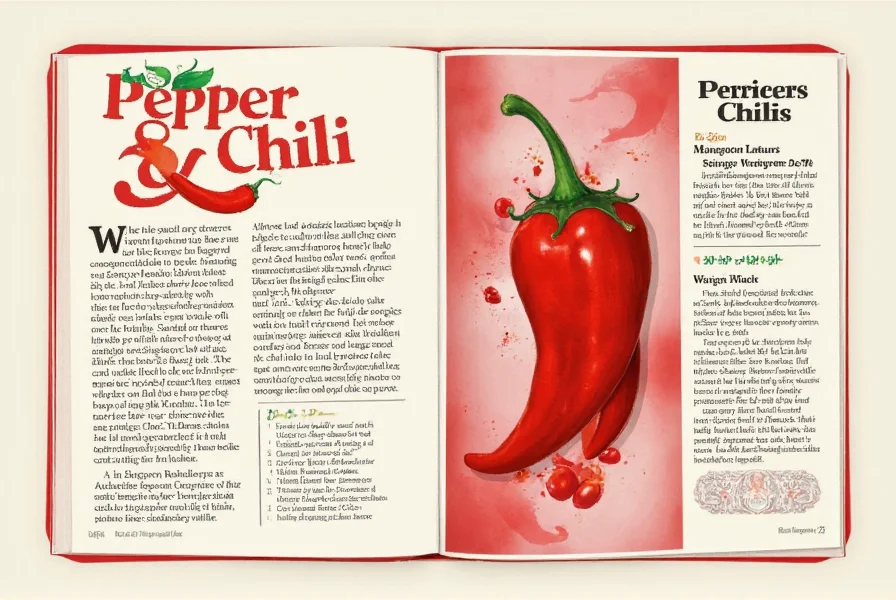
Understanding the Heat Levels
The Scoville scale measures chili pepper heat, ranging from 0 (no heat) to over 2 million units. Knowing these levels ensures you select the right pepper for your dish without overwhelming it.
| Pepper Type | Scoville Units | Heat Level |
|---|---|---|
| Jalapeño | 2,500 - 8,000 | Mild |
| Serrano | 10,000 - 23,000 | Moderate |
| Cayenne | 30,000 - 50,000 | Hot |
| Habanero | 100,000 - 350,000 | Very Hot |
| Ghost Pepper | 1,000,000+ | Extremely Hot |
Heat varies based on ripeness, growing conditions, and preparation. Green peppers are typically milder than red ones, while roasting enhances both heat and flavor depth.
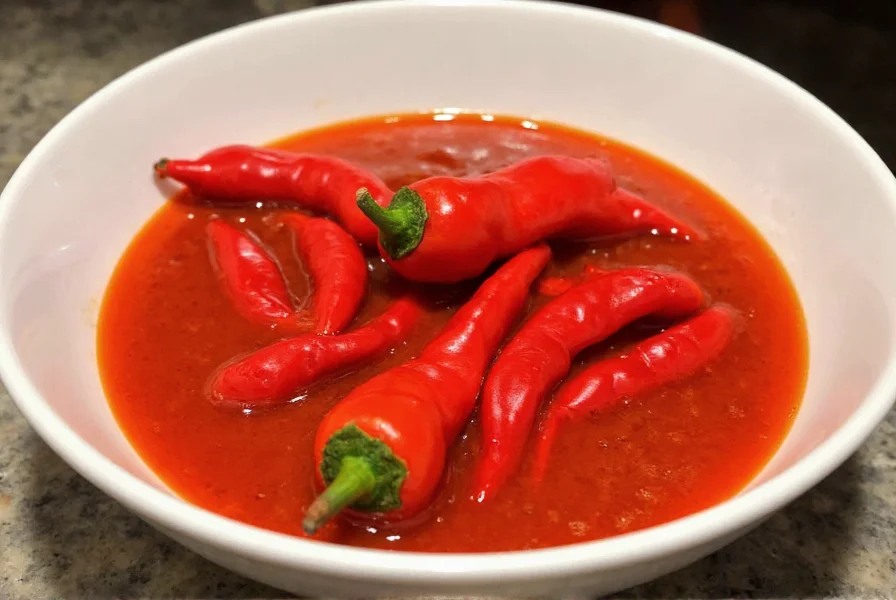
Essential Cooking Tips for Chili Hot Red Peppers
Mastering chili peppers requires proper handling and technique to maximize flavor while controlling heat:
- Start Small: Begin with minimal amounts and gradually increase heat tolerance.
- Wear Gloves: Always protect your hands when handling hot peppers to prevent skin burns.
- Remove Seeds/Membranes: These contain 80% of capsaicin; removing them reduces heat significantly.
- Roast for Depth: Roasting caramelizes natural sugars and adds smoky complexity.
- Freeze Properly: Store whole or chopped peppers in airtight containers for up to 6 months.
Pro Tip: If you accidentally touch your face, wash hands immediately with soap and water. Avoid water alone—capsaicin is oil-based and requires soap to break down.
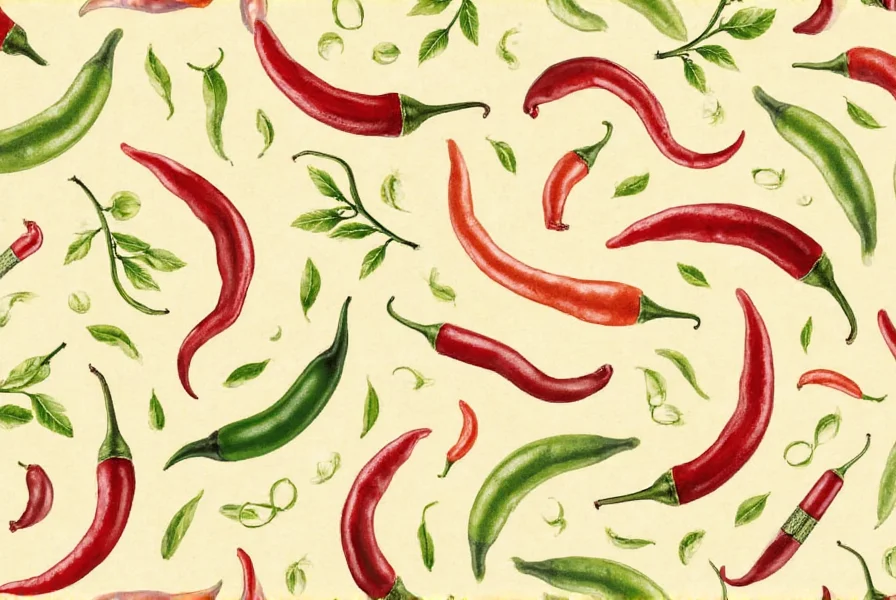
The Ultimate Buying Guide for Chili Hot Red Peppers
Choosing the right chili pepper depends on your recipe needs. Focus on freshness, variety, and intended use.
Key Features to Look For
- Freshness: Firm, vibrant skin with no wrinkles or soft spots. Avoid discolored or moldy peppers.
- Variety Selection: Match peppers to your dish: jalapeños for versatility, habaneros for intense heat, or ancho for smoky depth.
- Size Considerations: Smaller peppers often pack more heat per volume; larger varieties like poblanos offer milder, meatier flesh.
Top Products for Chili Hot Red Peppers
- Fresh Jalapeño Peppers: Perfect for salsas, tacos, and beginner spice enthusiasts. Mild heat with bright, grassy notes.
- Dried Ancho Chilies: Essential for mole sauces and stews. Deep, raisin-like sweetness with moderate heat.
- Habanero Peppers: For bold Caribbean or Mexican dishes. Intense heat with tropical fruit undertones.
- Cayenne Pepper Powder: Versatile for spice blends, rubs, and hot sauces. Consistent heat without overpowering flavor.
Use Cases and Target Audience
- Home Cooks: Start with jalapeños or cayenne for everyday dishes like chili or tacos.
- Spice Enthusiasts: Experiment with habaneros or ghost peppers for extreme heat challenges.
- Health-Conscious Cooks: Chili peppers boost metabolism and provide vitamin C, making them ideal for nutrient-dense meals.
Suitable Occasions
- Weeknight Meals: Add cayenne to stir-fries or jalapeños to scrambled eggs for quick flavor boosts.
- Special Events: Use smoked chipotles in holiday chili or fresh habaneros in festive cocktails.
- Spice Challenges: Ghost pepper powder for hot sauce competitions or extreme heat tests.
Exploring the Flavor Profile
Chili peppers offer far more than heat—their flavor profiles create culinary depth when used strategically.
Common Flavor Notes
- Smoky: Dried chipotles and ancho chilies deliver rich, wood-fired notes ideal for sauces and braises.
- Tangy: Habaneros and serranos have citrusy brightness that balances creamy ingredients like avocado or sour cream.
- Nutty: Poblano peppers develop earthy, nutty undertones when roasted, perfect for stuffed dishes.
- Earthy: Guajillo chilies provide deep, soil-like complexity for traditional Mexican moles and adobos.
Layering flavors by combining peppers (e.g., ancho + habanero) creates balanced heat with nuanced taste. Always taste-test before adding to dishes to avoid overpowering flavors.
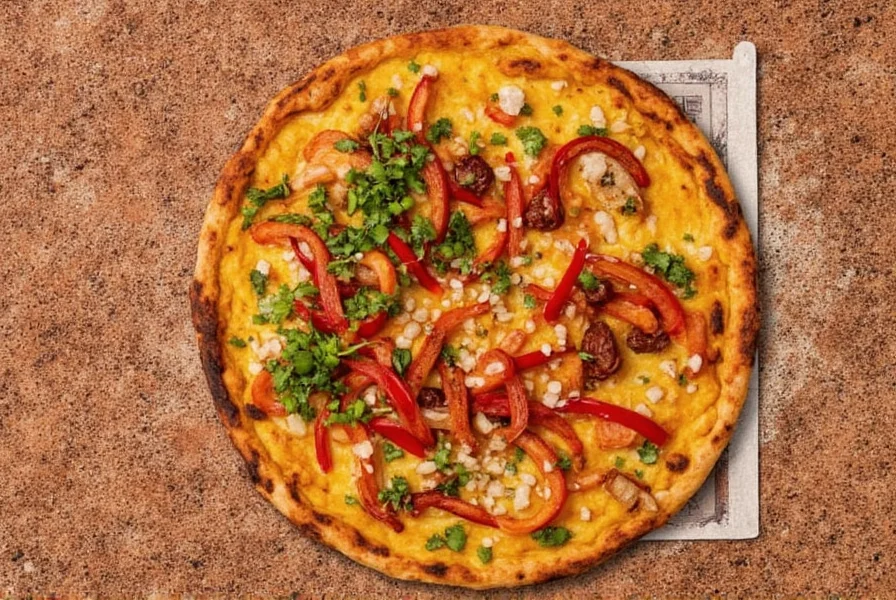
Frequently Asked Questions About Chili Hot Red Peppers
How can I reduce the heat of chili peppers when cooking?
The heat concentrates in seeds and white membranes. Remove these before cooking. Balance heat with dairy (yogurt, cheese), acid (lime juice), or sweetness (honey). Cooking longer mellow heat slightly. For severe burns, use milk or olive oil to dissolve capsaicin—water won't help.
What's the best way to store fresh chili peppers?
Refrigerate in perforated plastic bags for 1-2 weeks. For longer storage: freeze whole (thawed peppers soften but retain flavor), dry in a dehydrator, or pickle in vinegar. Dried peppers last 1+ year in airtight containers.
Why do some chili peppers change color as they ripen?
Color changes reflect pigment development: green (chlorophyll) → red/yellow/orange (carotenoids). Ripe peppers typically have sweeter, more complex flavors and slightly higher heat than unripe green ones. For example, red jalapeños are hotter than green ones.
How can I handle chili peppers safely without burning my skin?
Always wear nitrile gloves when handling hot peppers. If gloves aren't available, wash hands thoroughly with soap and water immediately after contact. Never touch your face—capsaicin binds to skin receptors. If exposed to eyes, rinse with milk or saline solution (water spreads the oil).
What are the health benefits of chili peppers?
Chili peppers are rich in vitamin C (more than oranges), vitamin A, potassium, and antioxidants. Capsaicin reduces inflammation, boosts metabolism, and may lower blood pressure. Studies link regular consumption to improved cardiovascular health and longevity. Consume in moderation if you have digestive sensitivities.
How can I build my tolerance to spicy food?
Start with mild peppers (jalapeños) and gradually increase heat over weeks. Pair spicy foods with dairy (casein neutralizes capsaicin) and eat consistently. Avoid water—drink milk or eat yogurt instead. Over time, your TRPV1 receptors adapt to capsaicin exposure.
Can I substitute one type of chili pepper for another in recipes?
Yes, but consider heat level and flavor. For example: replace jalapeños with serranos (use 50% less), swap fresh poblanos for dried ancho chilies (rehydrate first), or use cayenne powder for dried red pepper flakes. Never substitute ghost peppers for mild peppers—start with tiny amounts.
Why do some people enjoy extremely spicy foods?
Capsaicin triggers endorphin release, creating a natural high. This "benign masochism" phenomenon occurs when the brain recognizes no real danger despite the burn. Cultural exposure and repeated use build tolerance, turning discomfort into pleasure. Many cultures (Mexican, Thai, Indian) have long histories of using chili peppers for both flavor and physiological benefits.
Conclusion
Chili hot red peppers are culinary powerhouses that transform ordinary dishes into extraordinary experiences. By understanding heat levels, mastering safe handling techniques, and selecting the right varieties for your needs, you can confidently explore global cuisines while controlling spice intensity.
Remember: The key to great chili pepper cooking is balance—use heat to enhance flavors, not overpower them. Start with small amounts, taste as you go, and always have dairy or coolants ready to counteract unexpected heat.
Whether you're making a weeknight stir-fry or hosting a spicy food challenge, these peppers offer endless possibilities. Embrace the journey and let your taste buds discover new dimensions of flavor.
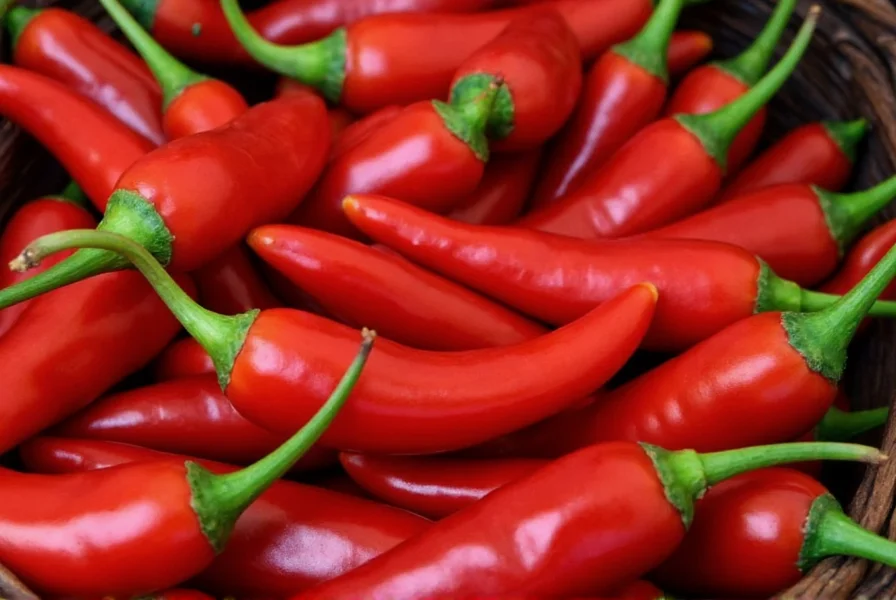










 浙公网安备
33010002000092号
浙公网安备
33010002000092号 浙B2-20120091-4
浙B2-20120091-4